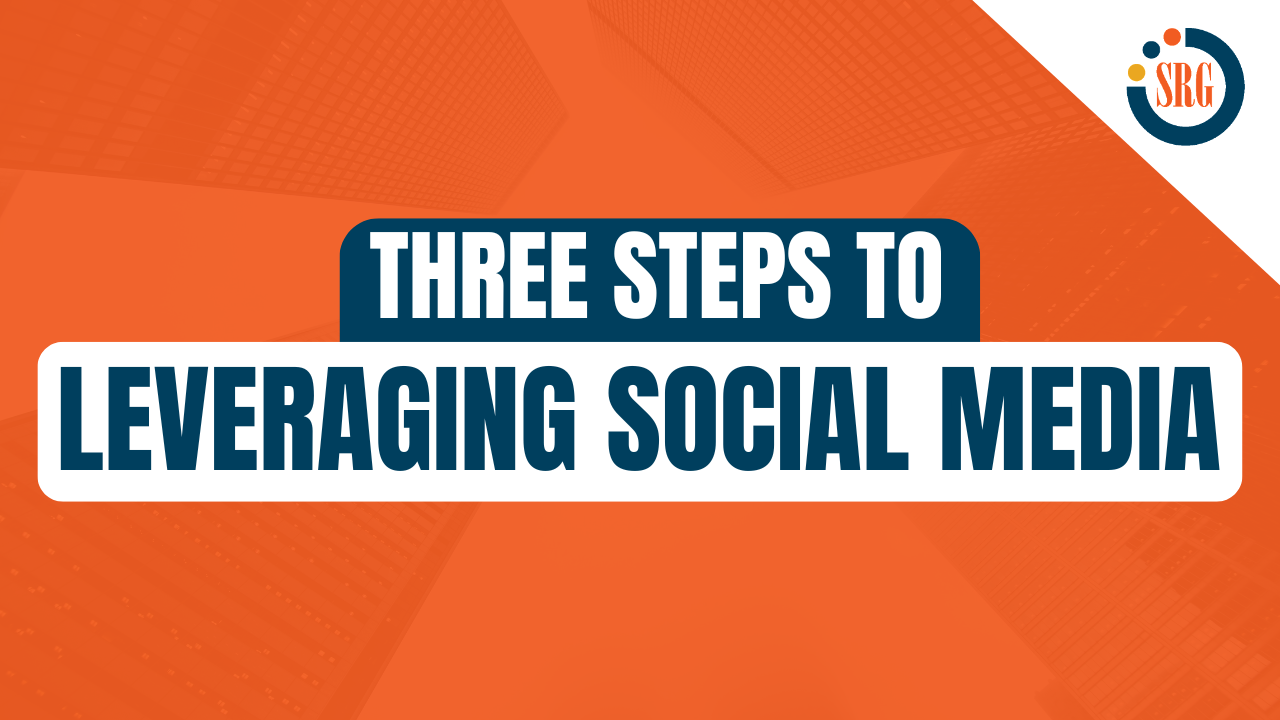
11 Dec 13
Social media selling is not for the faint of heart. Get the 101 about social media selling and the top three best practices to use for leveraging it.

Social media selling is not for the faint of heart. Get the 101 about social media selling and the top three best practices to use for leveraging it.
If the sales training you provide to your sales team does not include guidance regarding social media, consider these facts based on Aberdeen's Social Selling research:
These data points are a drop in the research bucket that clearly proves the business case for embracing best practices around social media in B2B sales environments. Any sales leader not recognizing that their sales people are virtually all using social media anyway — so they are well-advised to leverage the activity for the company’s benefit — are unlikely to achieve anything near Best-in-Class sales results without embracing these three approaches:
The use of social media platforms to communicate with internal or channel partner team members, in order to benefit from shared "tribal knowledge" in acquiring or serving customers. Fifty-nine percent (59%) of the Best-in-Class indicate that “internal communications are more effective via collaborative social media tools than by email,” compared with 40% of All Others, and these top performers recognize in particular that millennial-aged sales professionals are ever more comfortable interacting in these type of environments.
Action item: invest in an enterprise-class collaboration platform, make sure that all hierarchical job levels participate — including the CEO — and consistently provide sponsored, as well as peer-generated, training to sales and other staffers, in order to leverage the application to its fullest.
Traditional sales intelligence, i.e., demographic and firmographic data about people and companies, has often become little more than a commodity. Instead, the more relevant information about prospects or customers is behavioral, i.e., what are they thinking or doing, and is best collected via user-generated content regarding the individuals, organizations, and trends that impact the sales process. Best-in-Class firms lead All Others by double-digit percentages in terms of deploying both a “Formalized a process for monitoring / disseminating user-generated content specific to our company,” as well as “…specific to our industry or competitors.”
Action item: train your team to be like today’s most savvy sellers, who begin sales conversations armed with the most recent tweets, posts, and blog content produced by their accounts. They also create automated “push” mechanisms — think Google Alerts, HootSuite, TweetDeck, etc. — in order to track relevant prospect and customer activity, as well as crucial business content and trigger events, in real-time.
While the first instinct of most salespeople is naturally to sell, a more cautious approach focused on providing subject matter expertise can be a more effective way to build credibility with a prospective customer. Buyers who have become unresponsive to traditional sales messages are more likely to engage with someone who has added value to the sales methodology by providing relevant content, information or insights; social communications are a natural fit for this approach. After all, Best-in-Class firms lead All Others indicating that “we extensively communicate with our existing customers via social media,” by a 43% to 26% margin.
Action item: teach your direct and channel sellers how to be content creators, or at least curators, rather than annoying social media spammers.
Figure 1: Social Selling Strategies You Should be Training

Source: Aberdeen Group, June 2012
In addition to the action items above, Best-in-Class sales teams teach their team members how to execute on the items in Figure 1 far more aggressively than under-performers. Sales Operations and Learning-and-Development leaders are well advised to do the same. After all, comparing these top performers with all other survey respondents yields even more striking contrasts:
We are committed to helping more companies strive towards unforgettable growth by publishing insightful content regularly. Here are more blog posts we think you might be interested in.